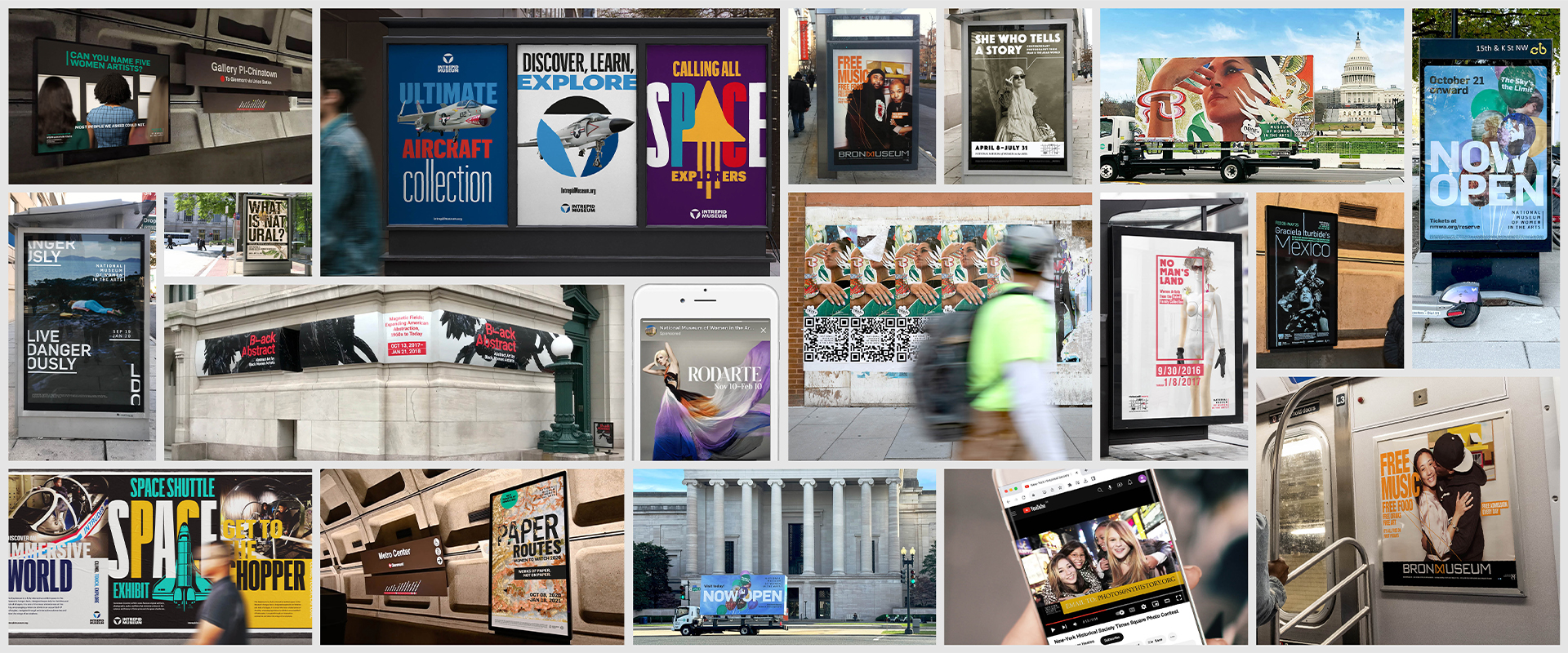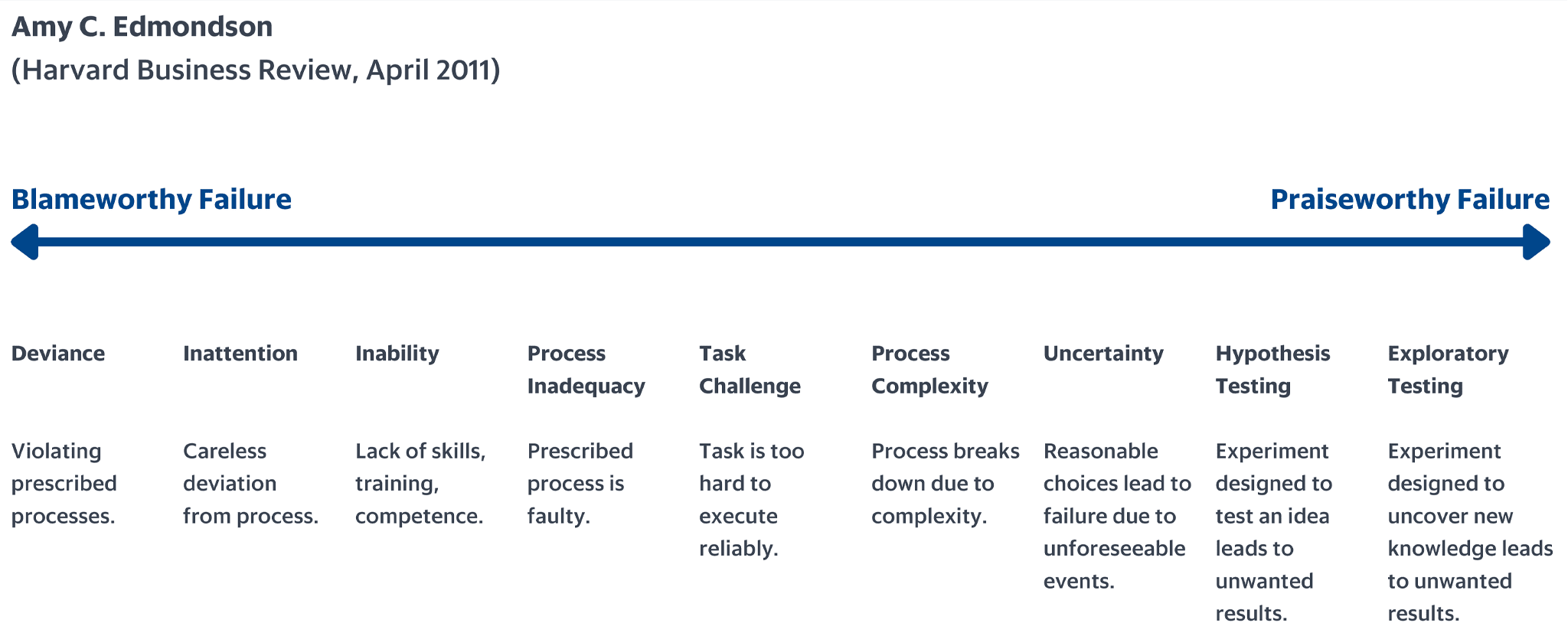Museum exhibition advertising is the most common type of advertising for most museums. Museum advertising, though, is costly and mostly waste, as I have discussed previously. This is particularly distressing for nonprofits like museums where every dollar is precious. That said, advertising is also an important tool in building brand awareness and positivity for your museum and its mission, so the question is how to get exhibition advertising right.

How do I advertise for a special exhibition with as little waste as possible?
It’s a five-step process. Simple but not easy.
- Diagnostic
- Targeting (with or without research)
- Creative
- Media planning and execution
- Postmortem analysis
Let’s examine each step to help you get your museum exhibition advertising on the right path (not that it isn’t, but maybe there is something in here you have not considered before or that you have been unable to carry through on).
1. Museum exhibition advertising diagnostic
This is the part most often skipped (after analysis) and it is arguably the most important step of all. Get this wrong and no amount of cool creative will be able to muscle things back into place. The diagnostic is when and where you answer a short set of critical questions that will decide the degree to which the advertising, regardless of the creative specifics, will be well spent or wasted.
- What is the exhibition? Can it be simply and compellingly explained? Can the exhibition be described in a single sentence that sparks both comprehension and attuned interest?
- What are the organizational and in-exhibition goals for this exhibition?
- How does this particular exhibition deliver value differently from whatever else will be on offer at the time it is running?
- Why should anyone take time out of their life and money out of their pocket to go and see this exhibition? What are the emotional and practical drivers of engagement that it can wield?
- How well does this particular exhibition align with our organizational Core Values? How does it advance our mission? (If it does neither, why are you having such an exhibition?)
- What is the one thing we want people to know about this exhibition? What is the one thing about it that is compelling enough to reach out into the outer world—the world beyond the museum walls and outside the sacred garden of our museum peers, and out into the minds of the public or at least of our key audiences whose day-to-day need not involve us.
Robust answers to all of these questions gives museum advertising its strategic rationale, and gives the creative team a set of specific problems to solve for. There is one critical question still to be addressed, however. It is important enough to merit its own discrete step in the process.
2. Targeting
Who is the exhibition for/who specifically does the exhibition advertising target?
You must choose a specific audience.
As much as everyone would benefit from the experience of seeing this phenomenal exhibition, as much as we would like to think it is worthy for all comers, marketing cannot function this way and be effective. There is usually a close relationship between the focus in the targeting of an advertising campaign and the yield from the audiences reached. Unfocused messaging is lost in the deluge of other messages, but highly focused, precisely targeted messages are more likely to land with your intended target. Having landed, they can set off a collection of virtuous actions on the part of that audience that can catalyze other adjacent audiences on your behalf. (See: You Need a Target)
Unfocused messaging is lost in the deluge of other messages, but highly focused, precisely targeted messages are more likely to land with your intended target.
To select that best target for your exhibition, you can test a battery of hypothetical targets as they respond to the exhibition’s Brand Value Map. When there is time and budget the elements of the exhibition’s Brand Value Map can also be validated through audience research. The research methods can be simple and quick if there is no budget. Even a little listening on the outside (the outside-in perspective) can go a very long way.
3. Creative
Creative for a museum exhibition advertising campaign is a kind of visual problem solving. How do we communicate the value being brought to the audience (and the public) by this particular exhibition in such a way that the target audience will take genuine notice? To find the best answers to this, we often have to suppress the influence of the subject matter experts such as the artist(s), scientists, curators, and the like, and prioritize the needs of the intended audience. If the audience does not win the influence game and take center stage in the creative work for the exhibition advertising, then the museum loses later on. The magic of the exhibition—its capacity to educate and enlighten—only kicks in full force only when the public walks through the threshold and takes in the full in-person experience. This happens to a greater or lesser degree depending on the advertising and PR, and how well these vehicles of delivering the message effectively translate what the museum is doing into terms that are attractive to the public.
Advertising cannot teach. It can only attract and engage just long enough to impart some simple message.
Advertising cannot teach, it does not enlighten. It can capture attention. It can attract and engage just long enough to impart some simple message. Making sure the message is the right one is the objective of parts 1 and 2 of the process; it’s now a matter of how arrestingly, how convincingly this simple message can be delivered. The creative supplies that. Now we have to get it out into the world and in front of the right audience.
4. Media planning and execution
Focus
Knowing who the audience is and what they care about is the biggest part of the work, but now the challenge is to get the message in front of them at the moment they are ready to hear it. What is the best use of the limited resources we have? How do we keep the message from blowing away in the storm of other messages competing for our target’s attention? Clearly focus is again the key. Geographic focus, demographic focus, psychographic focus. The more focus you can achieve, the more efficient the campaign and the less waste will be allowed to creep in.
“Moms” is a better target than “women,” “pregnant moms” are better still, and “skateboarding pregnant BIPOC moms who love murder mysteries”? This is the kind of targeting that can light the world on fire for your particular exhibition, if the product—the exhibition itself—fully delivers on a deeply satisfying experience for this group.
Consistency
The other key factor is consistency. Staying with this audience and delivering your message to them repeatedly over time, season after season, year after year will have its yield. This is contingent, of course, on the messages being aligned with your Core Values and mission so that the advertisements are not assumed to be from different sources. Remember, as a nonprofit organization you are not in front of this audience every day. You are the lightest of touches on their lives. You can easily be forgotten so the level of consistency required of you is actually much higher than more familiar commercial brands that they hear about every day or have to pass through to get something they want or use on a regular basis.
As a nonprofit you are the lightest of touches on your audience’s lives and can easily be forgotten.
The demand for consistency is therefore even more stringent for nonprofits like museums than it is for better-financed commercial brands. The drumbeat of branded content builds familiarity, which in turn yields positivity, and if backed up by good content and a positive product experience, this turns into trust and eventually loyalty. This is a powerful virtuous cycle that can be built over time, but it requires the discipline to stick with it to make sure that all the publicly promoted exhibitions are on brand, of quality, and meaningful to the target.
New audiences
In our experience, one-time marketing targets are only successful in such cases where that target is already a well-established fan base. So, you can have an exhibition that taps into an existing fan base of a fashion brand or a celebrity, for example, with a reasonable expectation this can have a yield despite being a one-time endeavor, but you cannot expect such a yield from a target that is not already pre-made for you. You cannot have a Latino-focused art exhibition and expect that population to show up in droves when they have never heard from you before. Audiences do not turn on and off in this way. They are either an audience you can and will target over time or they are not. This is a harsh reality in marketing. You cannot advertise to everyone because you do not have the resources for this, so you must make hard choices and then you need to stick to them if you expect to get any cumulative yield from the investment.
How do you know if you are moving the needle? Is your investment paying off?
5. Postmortem analysis
Take the time to assess what happened after you are done with an exhibition. This should ideally be an interdisciplinary endeavor with all the contributors at the table. The analyses can be simple, but take the time to dig deep and make the effort to be as clear-eyed and honest as possible:
- Things we got right
List out all aspects of the exhibition that went well, as planned, or better than planned. - Areas for improvement
What went badly? What fell short of expectations? Why do we think these things did not go as we would have liked? What could we have done differently? - Top-line learnings
What are at least three key takeaways from the above that we can make part of our standard protocol going forward so that we get more things right and fewer things wrong in the future?
This analysis should apply to all aspects of the exhibition, not just its marketing. What did we get right in naming the exhibition? Did we get the audience targeting right? Did the exhibition live up to the promise of alignment with our Core Values? Did we reach our attendance targets? Did we sell more in the stores than we usually do? Did the press pick up the story? Why? All of these things are related and the more we can get a comprehensive, cross-functional view on how to get it right, the better.
Most kinds of failure should be praised rather than used as opportunities to ascribe blame.
It is important to have the right attitude in a postmortem analysis. I think this is the perfect place to cite Amy Edmondson’s nine kinds of failure. Most kinds of failure should be praised rather than used as opportunities to ascribe blame. Looking closely and seriously at failures is a great way to learn how to make the organization, its processes, and team performance better.



Ask for help.
We are kind, thorough and ready when you are. You just need to ask.